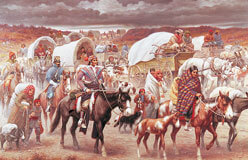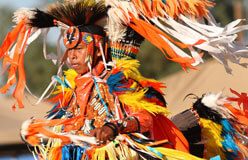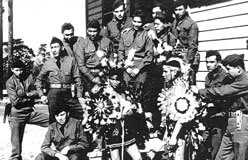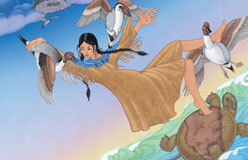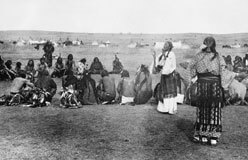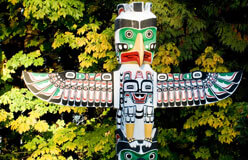Let’s meet some of the more famous Native Americans.
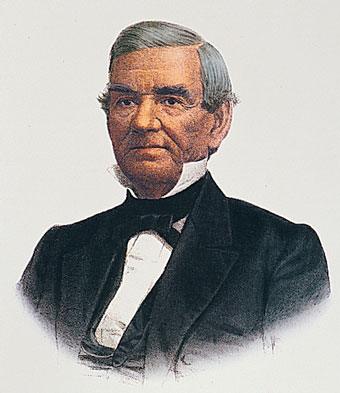
John Ross (1790–1866)
Cherokee
His father was a Scot and his mother only part Cherokee, but John Ross fought to let the Cherokees keep their Southeast homelands. The state of Georgia planned to force them to leave. Ross took the Cherokees’ case all the way to the U.S. Supreme Court, and he won. Then President Andrew Jackson just ignored the Supreme Court decision. The Cherokees were sent to the Oklahoma Territory anyway. John Ross stayed their leader until he died.
Chief Joseph (ca. 1840–1904)
Nez Percé
Chief Joseph had one wish for his people: that they could stay on their homeland, the Wallowa valley of Oregon. Then gold was discovered in the area. The U.S. tried to get the Nez Percé to move to a reservation in Idaho. For many years, Chief Joseph and his band peacefully said no. Then, in 1877, the government sent 5,000 U.S. Army troops. They chased 550 of the Nez Percé through the mountains of Idaho, Wyoming, and Montana. Finally, just 30 miles from the Canada border, Chief Joseph and his worn-out troops surrendered. His famous words were, “I will fight no more forever.”
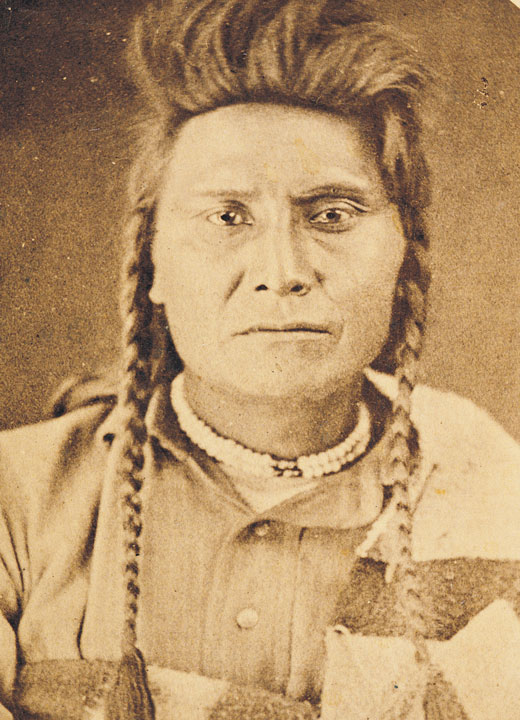
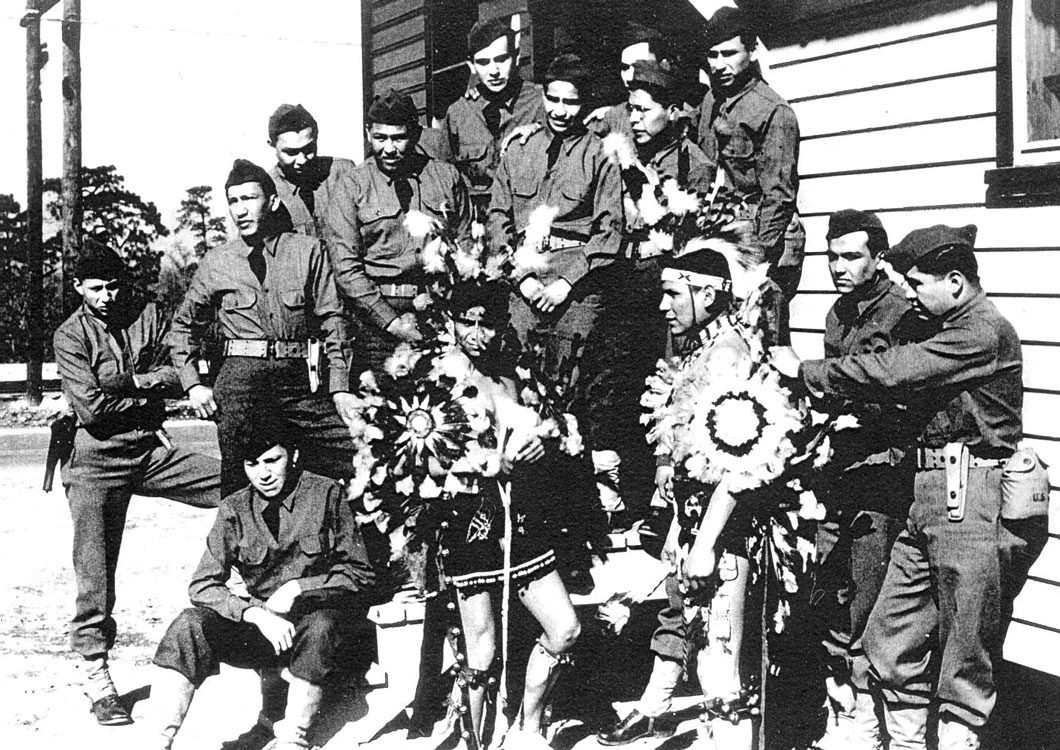
World War II Codetalkers
Secret codes allow the military to send messages the enemy can’t understand. Very few outsiders know Native American languages. So the U.S. military used more than 400 Navajo, Choctaw, and Comanche men to send messages during World War II. They were twice as fast as those using other codes. The work was often very dangerous. The enemy never broke even a single Native American code.
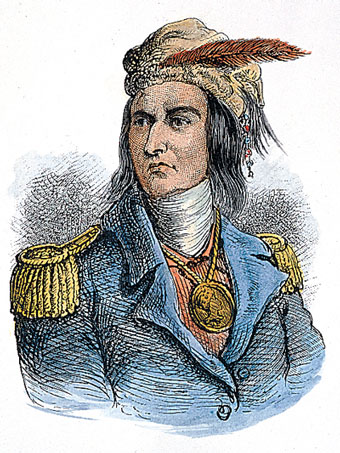
Tecumseh (1768–1813)
Shawnee
After the Revolutionary War, Tecumseh traveled the length of the continent. He urged tribes to unite. He thought it was the only way they could stop the U.S. from expanding into the west. He also believed chiefs had no right to give away their people’s land. But Tecumseh never reached his goal. He died fighting for the British against the Americans in the War of 1812.
Sarah Winnemucca (ca. 1844–1891)
Northern Paiute
Sarah Winnemucca traveled the U.S., talking about her people. She was trying to gain support to preserve their traditional way of life. She even talked to President Rutherford Hayes. He agreed to help the Paiutes, but he didn’t keep his promise. The Paiutes were forced off their land. Even so, Winnemucca is remembered for her courage, energy, and vision. She is also known for her book, Life Among the Paiutes, Their Wrongs and Claims.
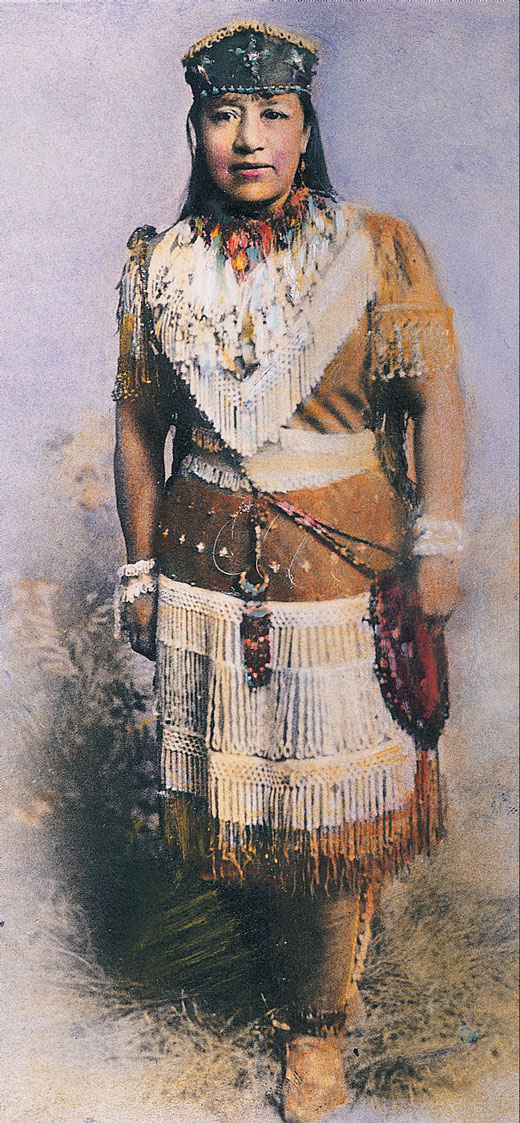
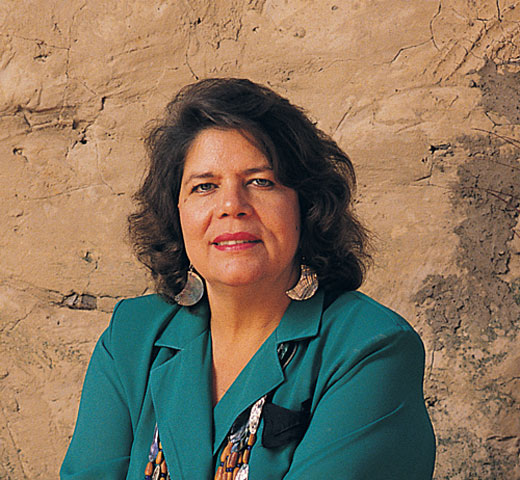
Wilma Mankiller (1945–2010)
Cherokee
Her last name comes from a warrior ancestor, but Mankiller was a different kind of fighter. For years, she fought for better conditions for her people. This led to her being voted in as principal chief of the Cherokee people. She was the first woman ever in that position. Talking about Cherokee economic advances, Mankiller said: “The secret of our success is that we never, never give up.”
Ben Nighthorse Campbell (1933– )
Northern Cheyenne
Ben Nighthorse makes really fancy jewelry. Ben Nighthorse Campbell was a senator from Colorado from 1993 to 2005. Maybe you’ve guessed—they’re the same guy! But jewelry and politics are just two of his interests. He was on the 1964 U.S. Olympic judo team. Wearing a ponytail, cowboy boots, and a bolo tie, he rides motorcycles and horses. Campbell was the first Native American to serve in Congress in more than 60 years. He saw himself as a representative of the people of Colorado, and also of all Native Americans.
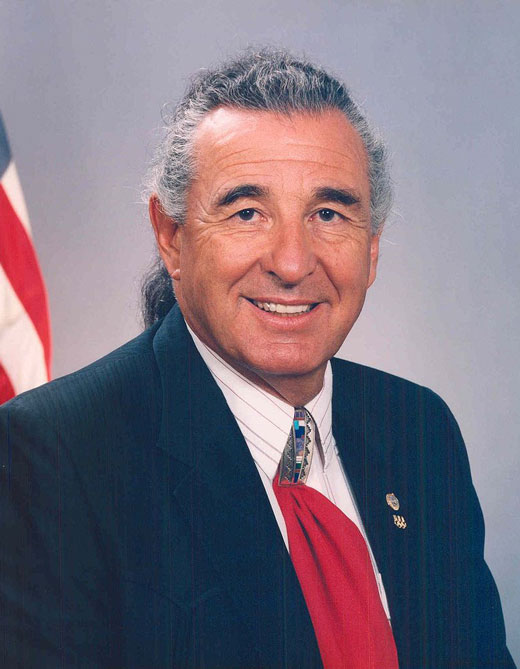
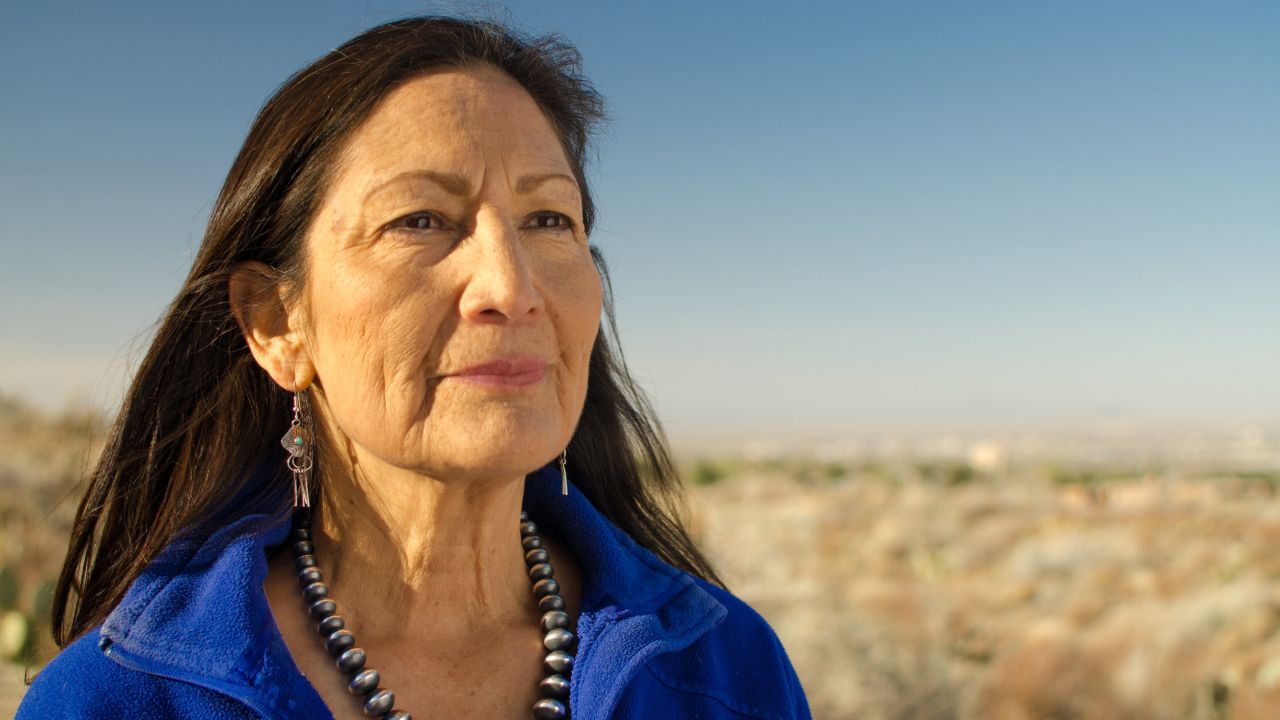
Deb Haaland (1960– )
Laguna Pueblo
President-elect Joseph R. Biden chose Deb Haaland to head the U.S. Department of the Interior. That was In December 2020. Haaland is a congresswoman from New Mexico. She is also a member of the Laguna Pueblo. And the first Native American to hold a cabinet-level position. Throughout history, the Interior Department has carried out policies that often harmed native peoples. That’s why her appointment is so important. Elizabeth Kronk Warner is dean and professor of law at the University of Utah. She is also a member of the Sault Ste. Marie tribe of Chippewa Indians. Her comment about the appointment is worth noting: “It’s momentous to see an Indian promoted out of the shadows of American history to a seat at the table in the White House.”
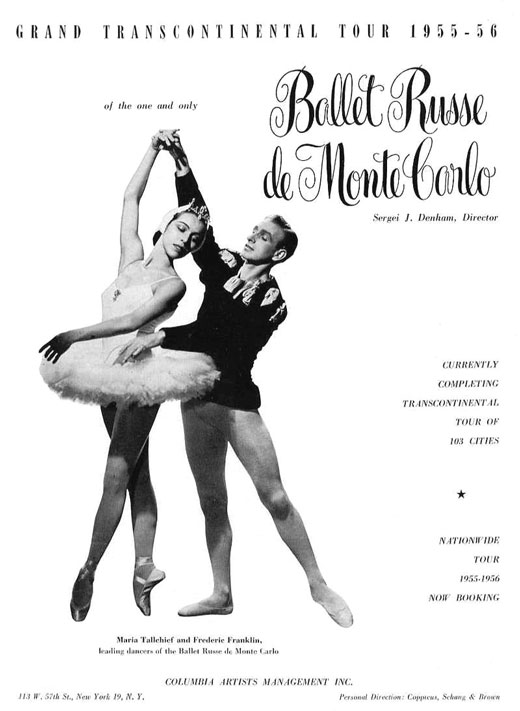
Maria Tallchief (1925–2013)
Osage
Tallchief’s father was Osage and her mother was Scots-Irish. She first lived on the oil-rich Osage reservation in Oklahoma. Then her family moved to Los Angeles so she and her sister could be performers. Tallchief made her professional ballet debut at the age of 15. She danced until she was 40. One reviewer called her “the finest American-born classical ballerina the twentieth century has produced.”

